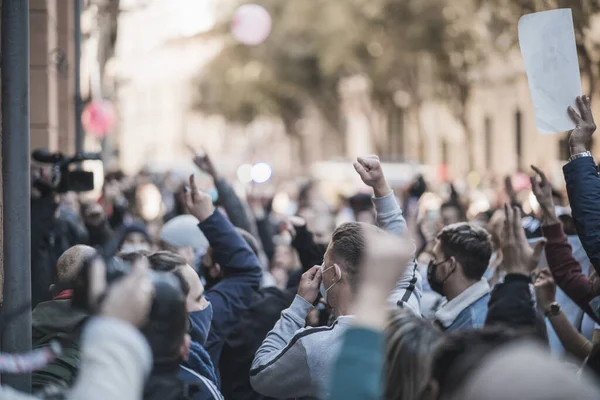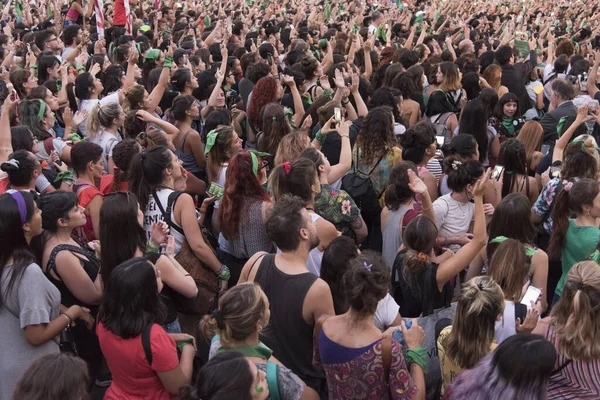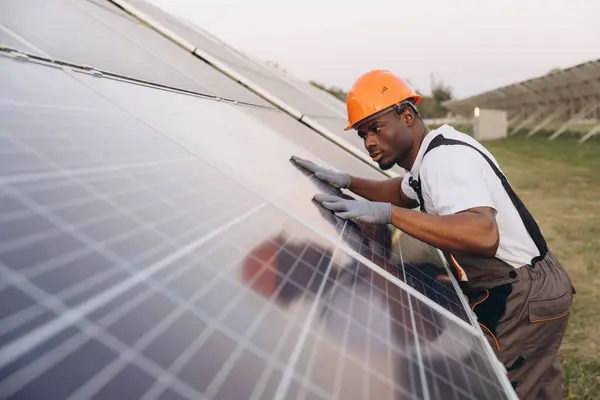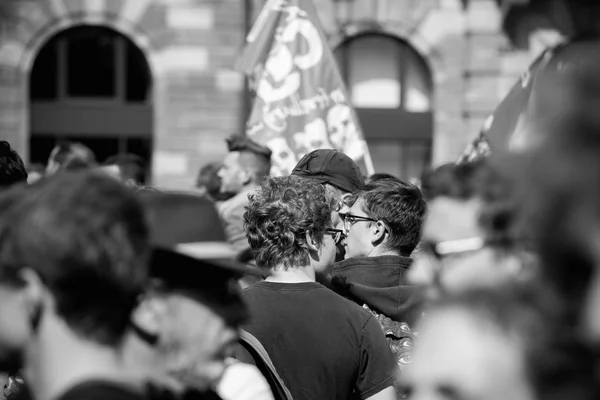
It may sound ridiculous, but on the planet’s youngest continent, the typical leader is old enough to be the grandfather or grandmother of most citizens. Africa’s median age barely exceeds 19, but its leaders’ average age remains at a steady 63 or more. This gap between generations transcends symbolism the day-to-day experience for millions of educated, hyper-networked, rights-conscious Africans who are excluded from opportunity. Frustration is boiling over into the streets, and international history indicates that they will be ignored at a country’s own risk.

1. Rise of a Digitally Empowered Generation
From Nairobi to Casablanca, Gen Z is mobilising at lightning speed. Smartphones and social media have replaced party headquarters and union halls as the nerve centres of protest. In Kenya, youth-led demonstrations against tax hikes under the #RejectFinanceBill2024 banner not only forced the government to abandon the bill but also inspired movements beyond the continent. In Morocco, the GenZ 212 movement staged protests in eleven cities, calling out misplaced national priorities and demanding better public health and education. These campaigns are decentralised, leaderless, and agile qualities that make them harder for authorities to suppress.

2. When Peaceful Protest Meets Repression
Although peaceful for the most part, most demonstrations are met with repression or indifference from governments. Police brutality in Kenya cost lives and inflicted irreversible injuries. Anti-poverty, water, and electricity protests in Madagascar rose to deadly violence, culminating in a fleeing of the country by its president. Such overreaction often backfires, enraging further and drawing more recruits to the cause.

3. Lessons from History: Wins and Warnings
Youth activism in Africa has a precedent. During the Arab Spring, young Tunisians overthrew Ben Ali, and 2019 protests in Sudan overthrew Omar al-Bashir and resulted in a civilian-military coalition government. But, as Tunisia’s “confiscated” revolution demonstrates, ousting a leader is just a start absent incorporating youth in reconstruction, advances may dwindle. It was resilience, female leadership, and non-violent mobilization that allowed Sudan’s success in shaping regimes after protest, a template for sustainable transformation.

4. The Economic Time Bomb
The statistics are bleak 23.29% of African 15–24-year-olds are neither employed, studying, nor being trained. Sub-Saharan Africa must create 15 million jobs annually in order to keep pace with population growth, but underperforming economies won’t suffice. Unchecked, this “waithood” or long abeyance from adulthood owing to unemployment, besides marginalization, threatens social order as political order.

5.Constructing the Ladder of Opportunity
Experts like World Bank Group President Ajay Banga suggest “a ladder of opportunity” for young people to climb to decent work. Successful models exist already Kenya’s Youth Employment and Opportunities Program (KYEOP) mentored 155,000 youth in launching 86,000 businesses with 125,000 jobs, boosting incomes by 50%. Benin’s Azôli program offers job preparation, placement, and entrepreneurship development. Such programs scaled could convert frustration to output.

6. Green Jobs as a Game-Changer
Climate action offers a brilliant opportunity. The C40 Youth Hub’s 50 million good, green jobs pledge foresees work in renewable energies , sustainable agriculture, and green infrastructure. Such work not only fights unemployment, but it also fights climate injustice, uplifting marginalised communities. It is, in Juliet Oluoch’s words, “an opportunity to safeguard our environment, empower our communities, and empower the youth to create a sustainable and prosperous Africa.”

7. Beyond Protest: Political Inclusion
Youth constitute the largest voting block in Ghana as well as South Africa, but they continue to distrust election politics. Data from Afrobarometer indicates that they will care less about political parties feeling close to, but more about community action. In order to channel this energy positively, governments need to reduce political participation barriers, establish youth councils, as well as open policymaking spaces to voices from young people.

8. Avoiding the Authoritarian Drift
While African youth embraces democracy, disappointment with its performance will cause it to settle for authoritarian alternatives. This flexibility reflects a prioritization of results over rhetoric. If institutions of democracy do not create jobs, render justice, as well as hold governments accountable, the continent might slide toward a new era of popular authoritarianism.

9. Women’s Participation in Movements Amongst Youths
Women’s leadership has been truly transformative, as witnessed in Sudan where women such as Alaa Salah became symbols of opposition. Even so, concerns about safety as well as male-led organising often restrict participation. It may get more talent out of women if they are urged to lead.

10. Strategies for Lasting Impact
To avoid the fade after protest, a movement must create unmistakable ideologies, extend beyond internet communications, as well as form alliances with influential institutions like the military. Non-violence, creative mobilisation, as well as inclusive leadership, might maintain momentum as it pushes for systematic change. Ignoring Africa’s Gen Z is not a lost opportunity but a recipe for instability. They are not a problem to be controlled but a force to be mobilized. With inclusive policies, job opportunities, and real discussion, their dynamism can propel a continent towards development as well as resilience. Africa’s leaders face a simple choice: engage its youth or reap the whirlwind of exclusion.


